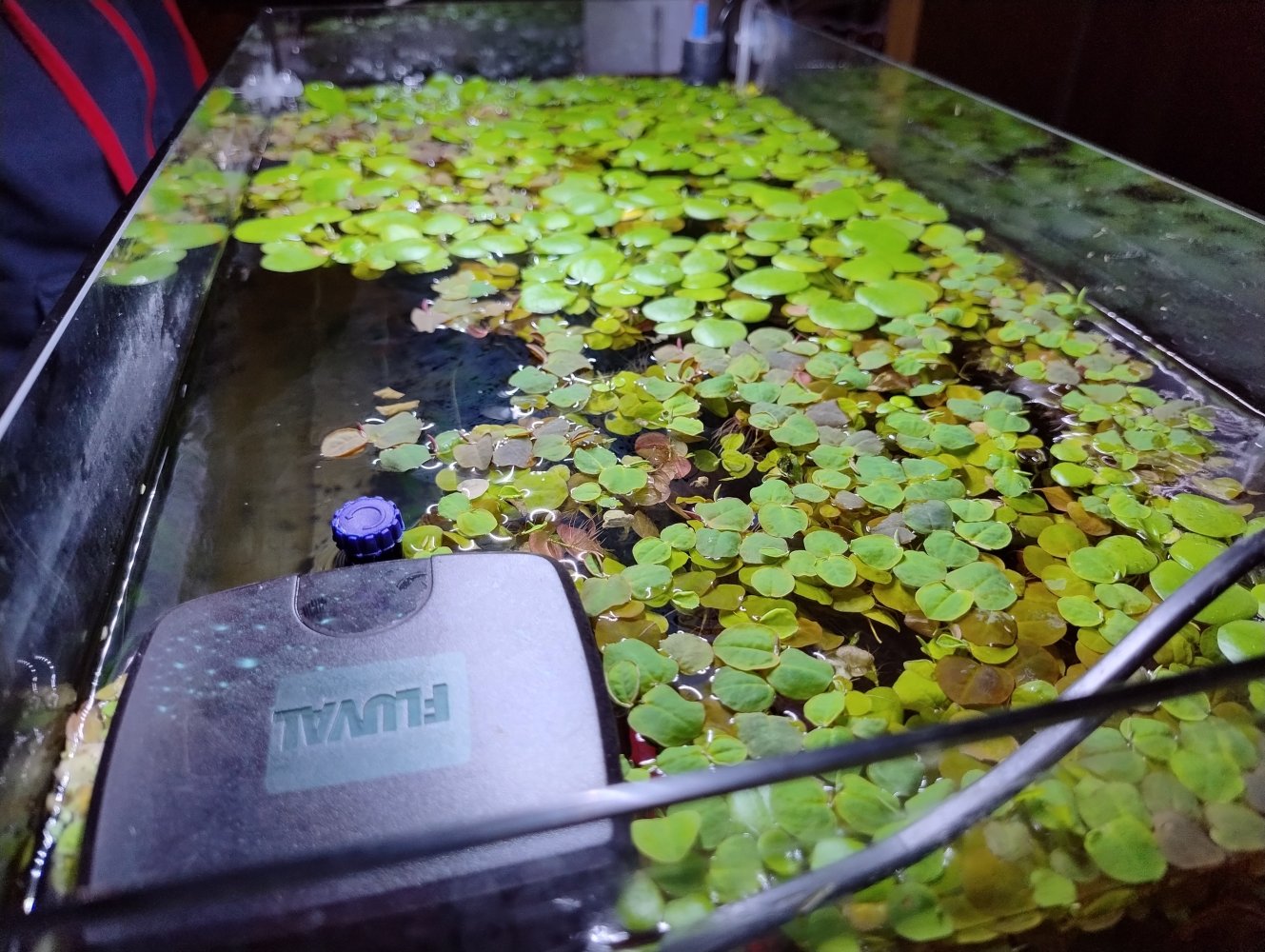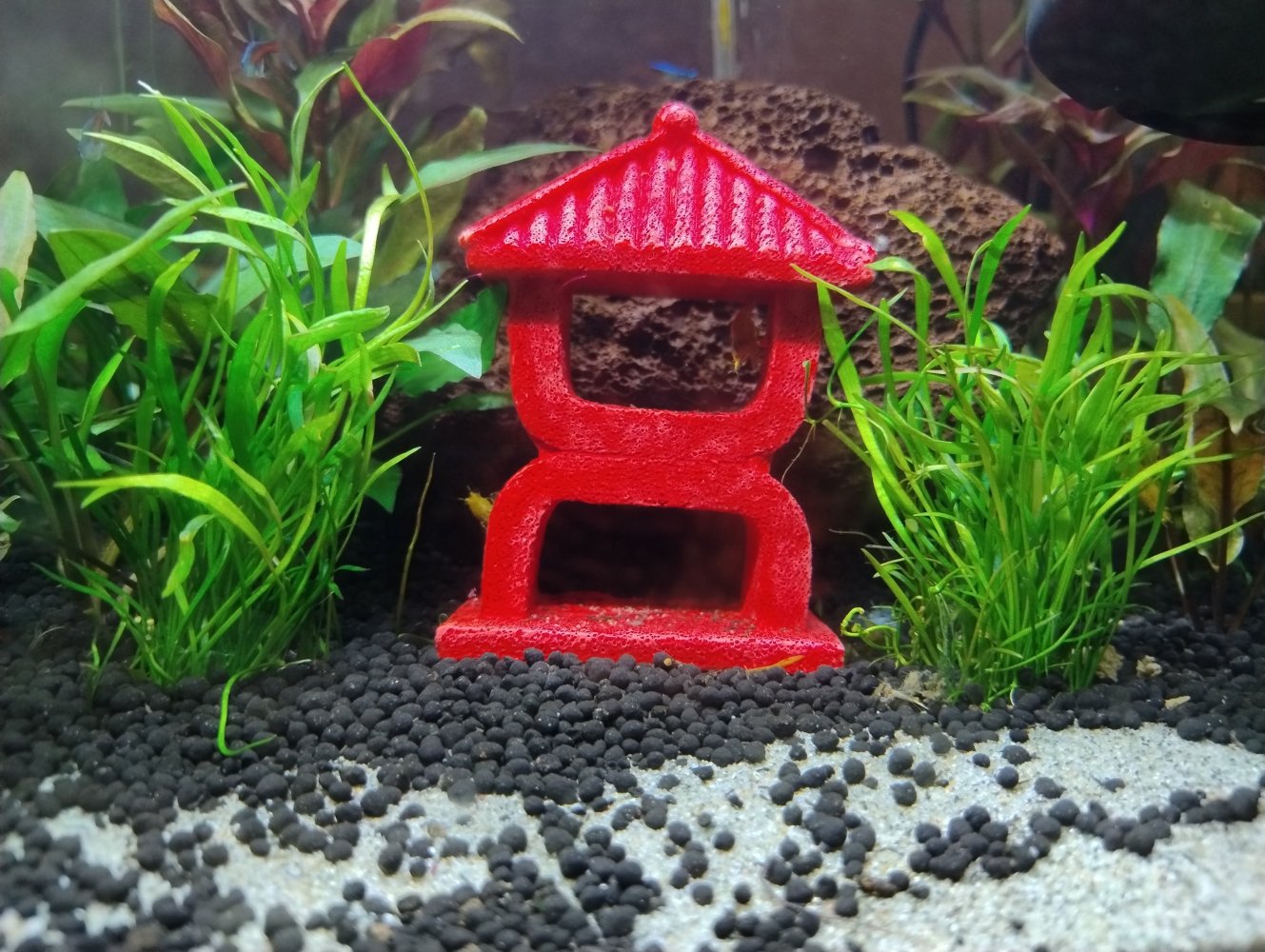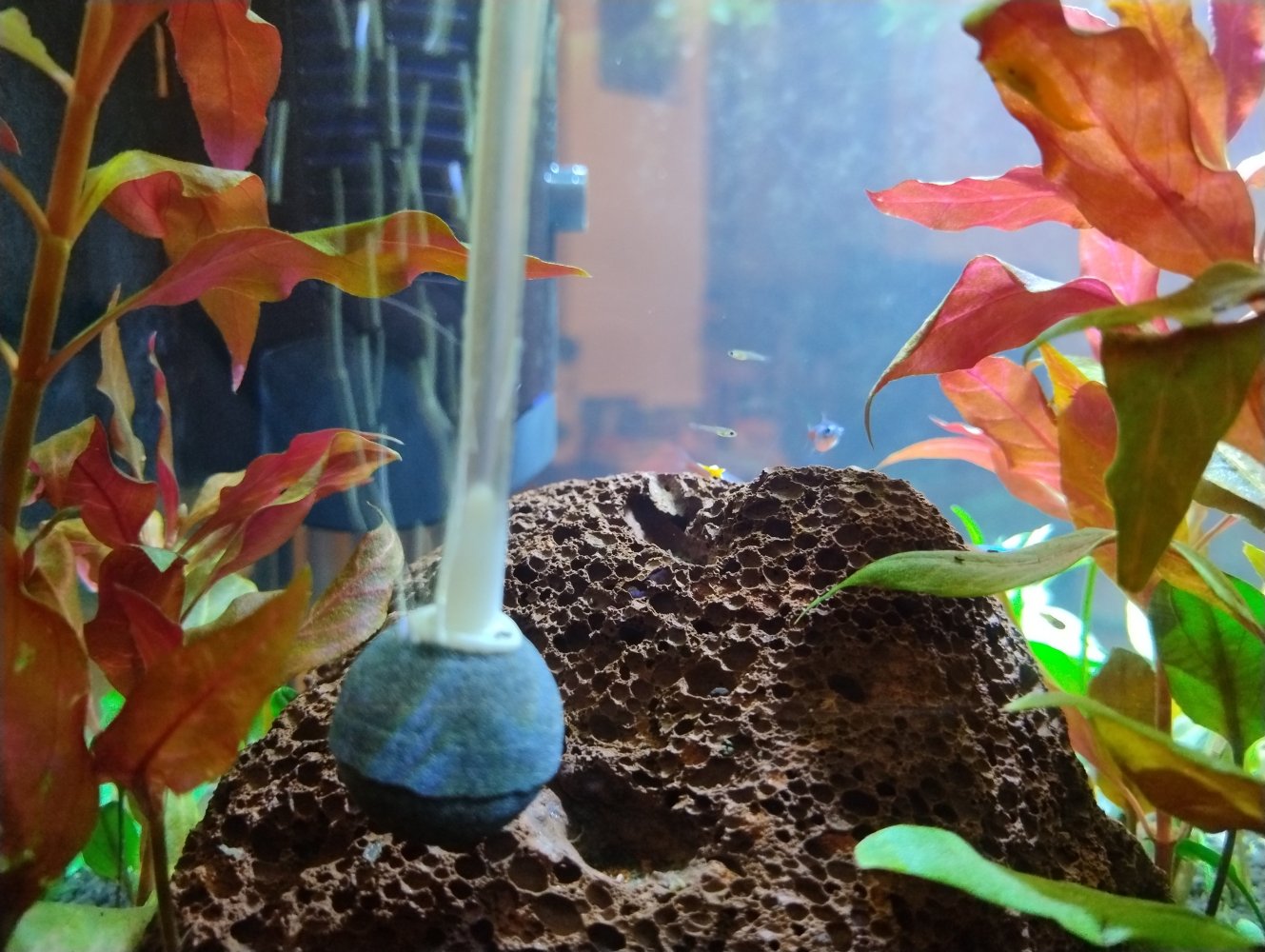FrozenShivers
Member
I would just add that at a pH of 6, Ammonia is likely less of a problem, and Nitrite will become very toxic at very small PPM levels. (It's reversed in pH7+ water).
Good to know as I wasn’t aware and I have soft water also!
I would just add that at a pH of 6, Ammonia is likely less of a problem, and Nitrite will become very toxic at very small PPM levels. (It's reversed in pH7+ water).
Thats odd. The water report mean pH testing shows a pH of 8.2. But your tests are showing a pH of 6.0-6.4 - and that includes the tap water testing! Thats quite a difference.pH = 6.4 (or lower?)
pH = 6.0 - 6.5 (or lower?)
I also noticed that. I usually measure the tap water as it comes out (rather cold). Proper measurements with a pH meter equipped with a temperature probe would take into account the temperature, but I would not expect that to result in a difference of 2!Thats odd. The water report mean pH testing shows a pH of 8.2. But your tests are showing a pH of 6.0-6.4 - and that includes the tap water testing! Thats quite a difference.
I'll make some popcorn! By Wednesday the cavalry (i.e. new plants) should have arrived. Hopefully we will have made it then.I suspect now you introduced 12 Ember Tetras yesterday, this is going to kick-start the ammonia source and cycle, so I think the next couple of days to a week are going to be interesting in terms of water chemistry.


I am still perplexed why the 44 water supplier tests done up to June this year, never had tap water lower than a pH of 7.8. But you are getting much lower! How weird is that?! I know these things are never totally bang on, but still.......Tap water looks exactly the same as before with a strip, although the pH seems a bit higher today (6.4 - 6.8) and with a touch of chlorine (0.8 - 1.5 ppm).
I guess the network between the plant and our home. I am going to let the tap water standing and then do another test... And probably check our neighbours' water in case we need a plumber!I am still perplexed why the 44 water supplier tests done up to June this year, never had tap water lower than a pH of 7.8.
It is because of the water company using sodium hydroxide (NaOH) injection for <"control of plumbosolvency">.That's odd. The water report mean pH testing shows a pH of 8.2.
The reason the values are so strange is that NaOH is a "strong base", so only need a small volume addition to raise the pH. Because it is a "strong base" <"strong and weak bases"> it doesn't add any <"buffering">, all the Na+ and OH- ions are already in solution (it is "fully ionised", there isn't any undissolved NaOH).I am still perplexed why the 44 water supplier tests done up to June this year, never had tap water lower than a pH of 7.8. But you are getting much lower! How weird is that?! I
I hadn't thought about that. In my previous job we treated the effluent water from a process line with caustic soda precisely to precipitate heavy metals (which we would coagulate, sediment and then filtrate).It is because of the water company using sodium hydroxide (NaOH) injection for <"control of plumbosolvency">.
They use <"limestone in the catchments"> sometimes, but it has gone a bit out of fashion recently. I'm pretty sure they aren't using it in water treatment, although sodium carbonate (Na(CO3)2) would be an option. Any carbonate compound would add dKH and CaCO3 isn't really soluble enough to be an option.so they bring the pH up with limestone
That is it, wastewater treatments tend to rely heavily on using sodium hydroxide (or "caustic soda" - (NaOH)) for pH correction, mainly to counteract the drop in pH when using ferric (or aluminium) based coagulants.In my previous job we treated the effluent water from a process line with caustic soda precisely to precipitate heavy metals
@dw1305, you would have enjoyed playing with the system! Ferric chloride was precisely the flocculant we used, and we brought the water from pH 3 to at least 9.5 to get rid of Ni2+ before discharge. We designed the process thinking we were going to have a lot of Ni2+ in the effluent, but the concentration was not really that high in practice, and we could have almost discharged it as it was after adjusting the pH. Using ferric with a low concentration of heavy metals was actually more difficult to operate that if we had lots of them, as the resulting flocculants were not as consistent as those when you have a lot of metal precipitates after adjusting the pH. We also had Sn2+ and a bit of Cu2+, but that wasn't an issue at all. Brings me great memories...Hi all,
That is it, wastewater treatments tend to rely heavily on using sodium hydroxide (or "caustic soda" - (NaOH)) for pH correction, mainly to counteract the drop in pH when using ferric (or aluminium) based coagulants.
We have some bits on <"ferric compounds"> as precipitants for phosphate in waste water.
cheers Darrel
I mainly play with <"clean water now">. I miss the wastewater work (mainly <"landfill leachate">), although some of it <"was pretty horrible">.you would have enjoyed playing with the system!
Do you miss the smell? 😄 I visit a few waste sites with work (was at a landfill the other week) and they’re often surprised that I’m not bothered by the smell. After a couple of years working on sewage treatment, most everything else smells pretty good.I miss the wastewater work (mainly <"landfill leachate">), although some of it <"was pretty horrible">.



















